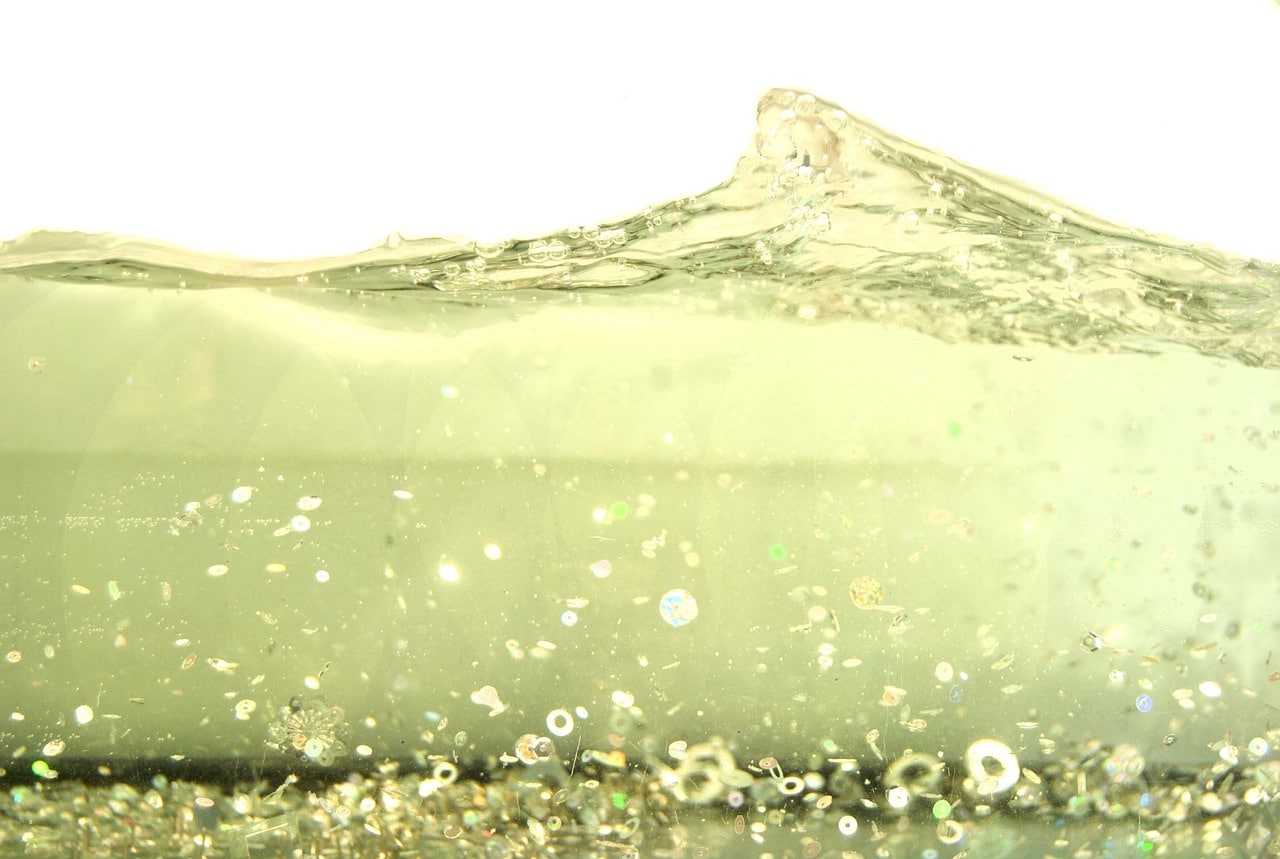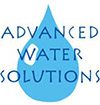Water Pollution Facts that Everyone Should Know

Water pollution is the unfortunate occurrence of contaminants flowing into the water supply and changing not only the taste of our water, but even the overall composition of it. Our Earth’s surface is made up of over 70% water, and all living organisms require it to survive, so water pollution is a big deal. It’s easy to overlook the problem, since the water flowing into many of our homes has already gone through the rigorous process of being cleaned and prepared for consumption at local water treatment plants. Whether you realize it or not, water pollution is a huge problem that needs to be fixed for our own health and the health of all ecosystems. Below, Advanced Water Solutions will look at a few factors that are creating water pollution and what we can do to help stop it.
What is Water Pollution?
Water pollution is the undesirable change in the state of water caused by contamination of harmful substances. Any change in the physical, chemical, or biological properties of the water that has a harmful effect on living things is included. This could mean anything from poisons such as lead and arsenic to less obvious problems like too many dirt particles. Water pollution affects all major bodies of water, such as lakes, streams, rivers, oceans, and groundwater.
Sources of Water Pollution
There are two main categories of water pollution: point source and non-point source.
Point Source - This type of water pollution has a definite source of pollution. An example of this is sewage water discharging from particular factories.
Non-Point Source - This is the type of water pollution that’s generated by more than one source. These include issues like pesticides, fertilizers, domestic waste, and other day-to-day activities carried out by humans overall.
There are several causes of water pollution, ranging from fossil fuels to algae blooms. Let’s take a closer look a few of those causes now:
Fossil Fuels - The combustion of fossil fuels like coal, gas, and oil emit large amounts of greenhouse gasses. Not only does this affect air quality, but the offshore drilling for these fuels poses a serious problem for water quality and all the aquatic life that depends on it. These pollutants can also find their way into the water by dissolving into it or being accidentally spilled.
Sewage Water - Any leftover or excess water that remains after carrying out domestic or industrial activities it sewage water. This water carries all kinds of chemicals that, if left untreated, can cause digestion issues (or worse) when consumed. People flushing medicines, microbeads, microplastics, or other harmful substances down the drain have become a cause for concern in many countries lately.
Landfills - This is an area where a city’s garbage piles up. While these areas should have well-protected bases to prevent anything from seeping out, there are times when that is not the case. If there’s even one small crack in the base of the landfill, pollutants can seep through and mix with the groundwater below. This will then make the water unsafe for consumption as it flows downstream.
These are just a few of the ways that our water sources are polluted on a daily basis. Unfortunately, there are many more concerns out there not listed above.
How Can We Help Fight Water Pollution?
Water pollution is a known threat to the human race, and there are a few things we can all do to be a small part of the bigger solution. Here are a few things you can do to start:
Don’t litter. Don’t throw trash into the ocean or any waterway, or anywhere else besides a trash receptacle. These things find their way into our water supply and harm all kinds of wildlife. It might not seem like a big deal to leave a can or wrapper here and there, but it all piles up, since these things don’t break down.
Don’t dispose of any harmful chemicals, such as paint, into water supplies or down drains. Here’s a good list from the Hazardous Waste Experts of what needs special care for disposal.
Use reusable shopping bags and water bottles. This will help reduce plastic waste that ends up in the water supply and landfills.
If you see anyone throwing litter or chemicals into any water source, report it to the proper authorities.
Help increase awareness of water pollution to children and others in your community. Discuss ways that everyone can help solve this problem as a group.
We have a long way to go as a population in fixing the water pollution problem, but by spreading awareness and taking small steps individually and as a community, we can really start to clean up and protect our water sources. The water on this Earth is a lifeline for not only the human population, but for all other life around us as well. When it’s not clean and safe, we are not safe. Let’s do our part today!
If you want more information on the importance of clean water, check out AWS’s blog on how properly filtered water can help your food taste better!
